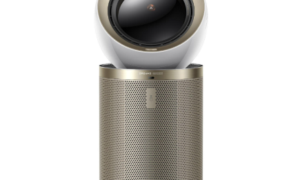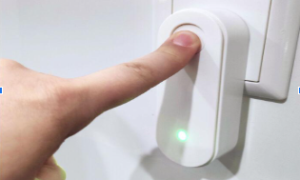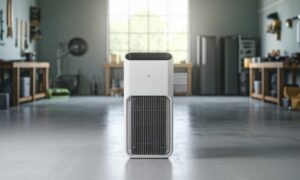More and more people are working from home these days, which means that their exposure to air pollution can be much greater than when they were outside in an office building or local shop. In addition, some of us may have difficulty breathing easily because we’re allergic to things like pollen so a good quality purifier would help.
So, you’re looking for an air purifier? It’s a good idea to do some research before buying one. There are so many models out there it can be hard to know which will work best with your home and personal needs. In this article, we break down everything that matters when picking the right machine from room size all the way down to budget considerations. You must also shortlist the Triad Aer purification system before buying a perfect device for your needs.
Sage Suggestions for Picking an Air Purifier
Consider where you want to place your air purifier for it to be most effective. The size and placement of the room will dictate which type is right for that space whether it’s pet allergies, cigarette smoke residue, or just general cleanliness requirements.
The better your air quality, the healthier you’ll be. To find out how quickly it can filter and remove particulate matter from purer indoor environments with a HEPA filter to make sure that all of these good vibes keep coming.
Consider the noise levels of your area to find out if it’s worth investing in an air purifier. You may also want a quieter device for sleep or other peacetime activities, so take these factors into account when making purchasing decisions.
How To Pick The Best Air Purifier For Your Space?
To find out which air purifier is right for you, it’s important that we first figure out how much space our device will be cleaning. A small desktop model may not work well in a large living room while heavier-duty models might overclean an area such as your kid’s bedroom where there isn’t any particulate matter or infection present.
The best way to find a good fit for your home’s needs is by looking at “air changes per hour.” This will help you understand how filtration works in practice, as well. A smaller air purifier could turn over 350 square feet eight times but only manage four average breaths within 700 sq ft of space each minute. You might be surprised to see the portable Shield Aer device that is easy to carry and is enough for a single person.
The pollutants that air purifiers filter out
When deciding on an air purifier, you have to think about what kind of pollution is most important for your home. For example, someone who lives with pets or cigarette smoke may need a different device than someone else.
The size of an air purifier’s filter matters. If you want to clean up your home, it would be best not just buy any old model because they all work in a similar way though some are better at catching dust and dander than smoke.
The Coway AP-1512HH Mighty is a good choice for those looking to improve their home’s air quality. It has an activated carbon filter that will remove odors and other particulates from the atmosphere, as well as can perform well in all rooms of your house with its 360° functional design.
The Significance of an Air Purifier’s CADR Rating
The quality of your home is important to you, so it makes sense that you would want the best air purifier for any room. The Association of Home Appliance Manufacturers (AHAM) has developed a metric called CADR which helps consumers understand how effective devices are at filtering various particles in specific spaces up to 15 feet by 30 feet–the average size found within homes today.
For example: if someone wants an efficient way to reduce dust and pollen while also odors such as cooking smell or pet dander without having too many side effects on their health then they could consult our list below before making purchase decisions today.
The CADR 200 for pollen means that this air purifier can reduce the concentration at a rate of adding 200 cubic feet per minute. In general, higher numbers mean faster removal and larger rooms should expect cleaner environments with these types.
To ensure your family is safe from the COVID-19 virus, we recommend buying an air purifier with a CADR rating of at least 240 for use in rooms where people spend time. The EPA has created guidelines based on how many square feet there are and what type of room size you’re looking to achieve.
These numbers will give consumers enough information about which products would work best without overdoing them or underperforming entirely.
Different Types Of Air Purifier Filters
If you’re looking for an air purifier, we have just what your need! Our recommended products use mechanical filtration which means that their filters physically trap the pollutants they are designed to remove.
This can be done in two ways; either with a pre-filters catching large particles like pet hair before it goes onto our main filter or by using both types of media together as well. This is usually seen when dealing specifically with odors due to them being too small for one type alone but not both at once.
High-efficiency particulate air (HEPA) filters have been shown time and again as the most efficient at removing allergens like pollen, dust mites, or pet dander from your home. This means they’re also great for those with allergies who want clean filtered breathing rooms without having their sensors triggering every minute.



































